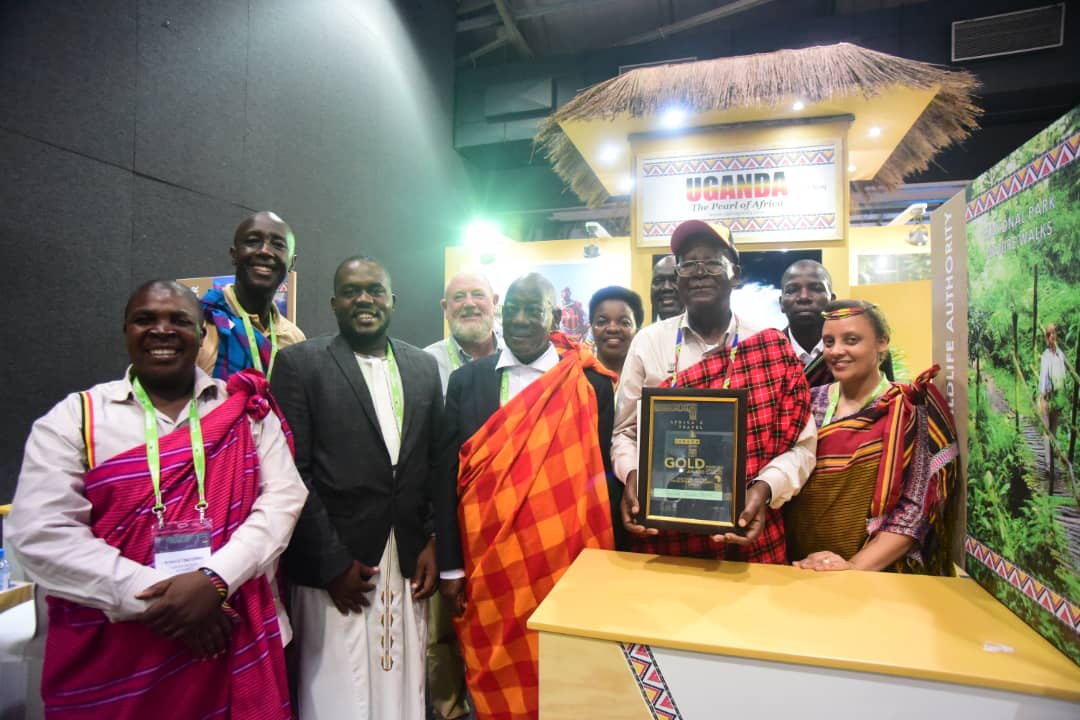The pearl of Africa is a natural wonder harbored in the eastern part of Africa. With her diverse natural features and conducive climate, Uganda is a tourism heaven all year around. The country’s major tourist attractions range from wildlife, natural geographical features, diverse population groupings and their cultures among others. However, Ugandan heritage as a tourist attraction has been undermined in this trade for quite a long time.
Currently, Uganda is home to three Unesco recognized World Heritage sites. These include the two national parks Bwindi Impenetrable National Park and Mountain Rwenzori National Park and Kasubi Tombs, a cultural site in Kampala.
Heritage comes in two forms, the tangible and the intangible. Tangible heritage includes buildings, artifacts, types of food, among others. The intangible heritage includes tribal, spiritual and traditional customs, medicines and entertainment, among others. Heritage tourism majorly covers items, objects and figures that have proved the wrath of time and still stand today. Tourism bodies have due responsibility to preserve heritage sites and figures.
For the same cause, the World Heritage Day was established by the United Nations Education Scientific and Cultural Organisation (Unesco) in 1983, following efforts by the International Council of Monuments and Sites (ICOMOS). The aim was to promote awareness about diversity of cultural heritage of humanity, and the need for their protection and conservation.
Currently, Uganda’s existence of the tangible heritage is at stake. The Ancient and Historical Act of 1967, under which such heritage was protected, is outdated and has not been amended to fit with the changing times. Under this Act, Fort Lugard was the first building in Uganda to be gazetted as a historical monument. It was a national heritage, but the subsequent governments saw no value in it. It was later demolished to pave way for a mosque. Its replacement is a sight for sore eyes. Such occurrences have continued to impound more pressure onto the non-existence of such heritage.
According to a retired Unesco expert on cultural heritage, Yao Bulenzi, the government ought to pay keen attention to historical buildings, not just the museums. “Government is not paying attention to the historical buildings yet they are equally an important part of our heritage. It is time government considered gazetting historical buildings,” he comments.
If government was to follow through with the former Unesco cultural expert’s advice, this would add the five sites on the UN body’s tentative heritage conservation sites list.
The five are; Bigo bya Mugyenyi Archeological Earthworks in Mawogola, Sembabule District, Kibiro salt producing village in Hoima District, Ntusi man-made basin in Sembabule District, Nyero and other hunter-gatherer geometric rock art sites in eastern Uganda, and Mgahinga Gorilla National Park in Kisoro District.
However, the future of Uganda’s heritage is also dependent on how people value it. The young generation spends up to 70 per cent of their time in schools, whose curriculum has no heritage component. This means such a population are not culturally educated and thus do not value the ought to be heritage.
On a lighter note though, CCFU has stepped in to fill the void left by the education system by establishing heritage clubs in secondary schools given the fact that the young people are the nation’s future.
Besides lack of heritage education in schools, religion is another threat to heritage. Religious heritage is protected and conserved by the different religions, but many times tradition heritage is despised.
Much as there is need for the preservation of religious heritage, so is tradition heritage. Religion and religious fundamentalism is a big threat to the survival of cultural heritage. Uganda has communities where people say they no longer have empaako (Pet names among the Batooro and Banyoro), while others say they no longer do ekyevugo (among the Banyankore and Bakiga) because they are deemed satanic. These all are acts that could eventually stir off different cultural heritages around Uganda.
Uganda should borrow a leaf from other countries that have put their heritage to good use such as encouraging conservation of historical building and monuments to promote urban tourism.
For example, In Europe, tourism is not only about national parks, but buildings and monuments too. Places like the Forbidden City and the Great China wall all in China and Varsilles in France receive a lot more tourist than those that visit Uganda to see nature.
This is the same way Europeans have done business. Through the manufacturing and export of things like biscuits, chocolate, wines and others, they export their cultural way of life, and earn revenue from it. Tapping into traditional knowledge and skills could not only promote and preserve it, but also earn revenue for the country.
About Guide2Uganda
Guide2Uganda (www.guide2uganda.ug) is the most comprehensive source of information about Uganda that exists on the web, with more content on Uganda and surrounding towns, attractions, museums and galleries than any other online guide that currently exists for Uganda as well as being a dynamic news and comprehensive events driven site with content being added daily.
According to WeFollow & Peer Index (whom both measure online influence) we are among the most influential online media organizations in Uganda. We were also awarded for ‘’Best Destination Website in Uganda’’ by Jumia Travel Uganda in the 2017-2018 Africa Travel Awards. If you are planning a visit to Uganda you can always reach us on; info@guide2uganda.ug



